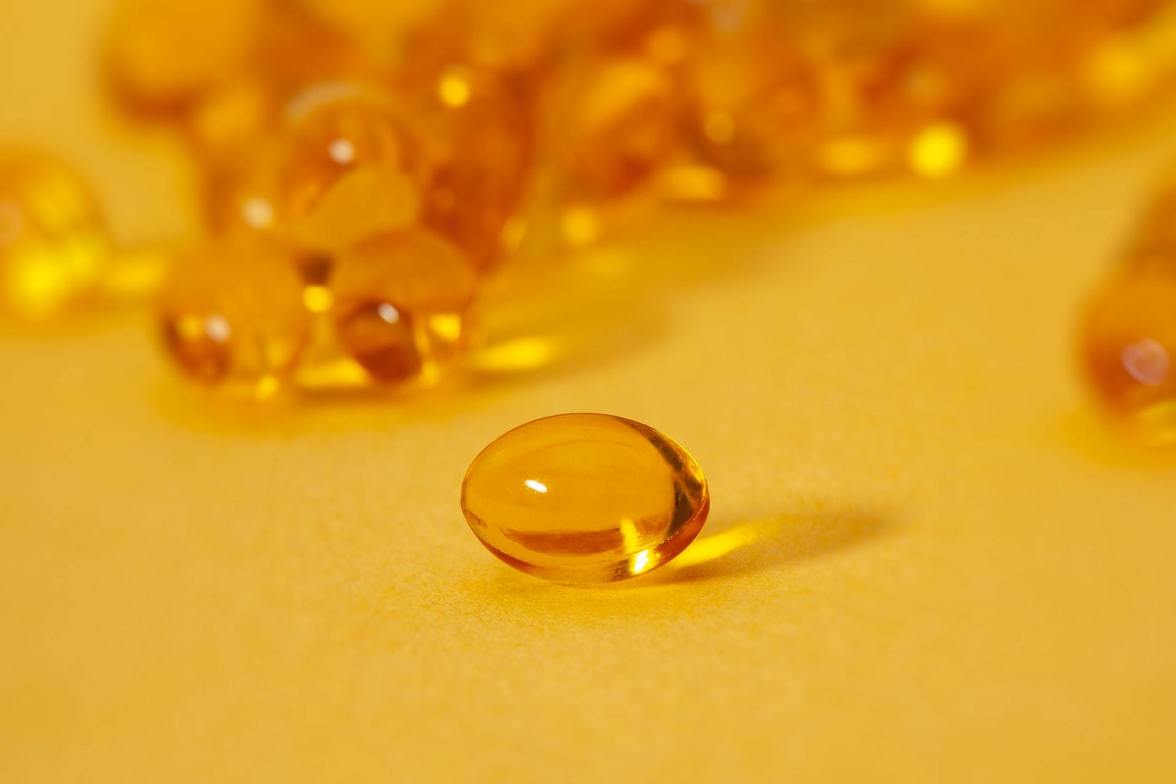
Growing up as a kid in Iowa I can remember drinking the milk with the red label, you know, the whole milk with Vitamin D added. Back then I just knew that I liked the taste and had no idea how important that Vitamin D was for me. Fast forward 30+ years and now, while I no longer drink too much milk, I sure do know about the necessity for Vitamin D in our diet.
Over the last few years, a ton of research has come to us regarding the importance of Vitamin D. So much so that Vitamin D has become a consistent recommendation of mine for patients. Let’s talk about why I have become such a proponent of Vitamin D.
First, where I live, in Minnesota, we are above the 37th parallel which means during our winter months the angle at which the UVB rays hit our skin does not have the necessary strength for natural Vitamin D synthesis. The result is vitamin D deficiency, in a lot of folks. That may not mean a whole lot until you look at a study from the Mayo Clinic in 2003 that reported a whopping 93% of patients in the study with persistent musculoskeletal pain were Vitamin D deficient. If that fact doesn’t motivate Northern dwellers to look at Vitamin D levels, this one should. January 2018 British Journal of Psychiatry reported that low Vitamin D levels is associated with depression. Besides Minnesota weather, it appears there is a clinical reason for all of us being depressed in the winter!
Another reason for my recommending Vitamin D is related to the epidemic levels of obesity. Because Vitamin D is fat soluble, the excess subcutaneous adipose tissue acts like a sponge in soaking up Vitamin D, making it less accessible for use in the body. Essentially, obesity causes a greater demand for a higher intake of Vitamin D. It isn’t a coincidence that a large portion of the obese population also suffers with back pain and depression.
And lastly, there is emerging evidence that athletes deficient in Vitamin D may suffer from lowered performance and slower recovery from injuries due to the Vitamin D’s effect on muscular strength and regeneration, in addition to the common musculoskeletal pain associated with deficiency.
In order to truly understand your current Vitamin D levels, I highly recommend that serum 25(OH)- and 1,25(OH)2-vitamin D be evaluated in a blood draw. If you are interested in the product I recommend to my patients, it is available in our online store. Feel free to click to the link below to learn about D3 5000.


